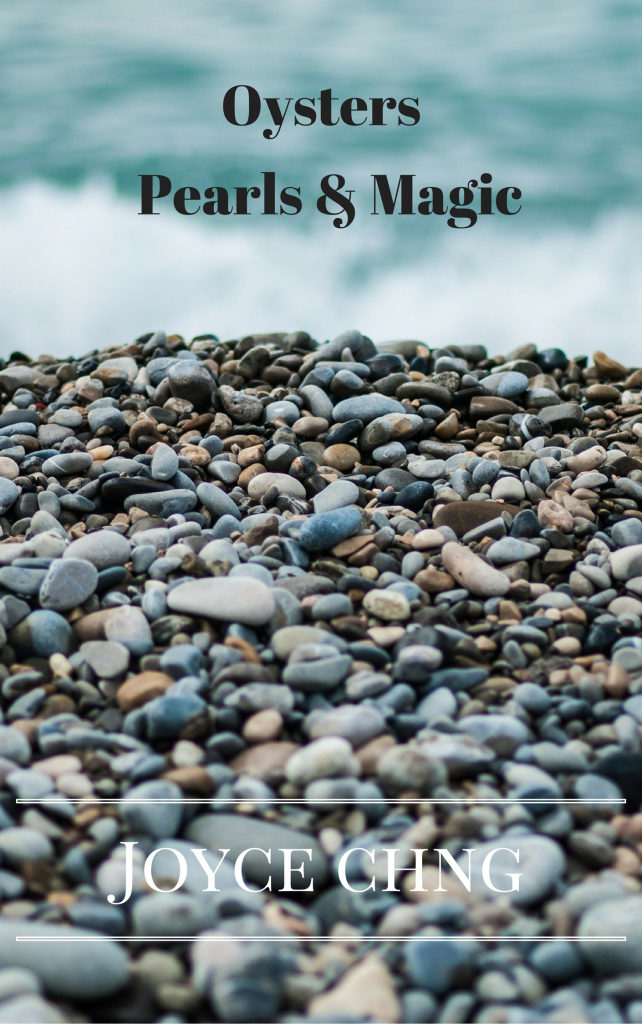SEA Quest: Listening To My Ancestors (Reprint)

Joyce Chng is currently at ICFA 2018. This is a reprint from June 2014, but still relevant. Recently, I was rocked by a wonderful and startling revelation from my dad about his grandmother. My great grandmother was a herbalist and a travelling physician. From his tone, I could tell my dad admired her. She had “ben shi”, ability, talent. She could do stuff. Yet, my grandmother, my great grandmother’s daughter, wasn’t that forthcoming. She let out her stories in weak spools. She didn’t talk about things that made her sad. According to my dad, she quarreled with her mother who forbade her to leave for Nanyang (the Chinese term for Southeast Asia). My grandmother left for Singapore soon after that. Imagine the wounds still unhealed, the words left unsaid, unvoiced. My grandmother passed away last year.
SEA Quest: Malay SFF

Current science fiction and fantasy is heavily Anglophonic. English is an imperialistic language. I would like to see more science fiction and fantasy, especially from Southeast Asian, written in the languages of the region. For this edition of SEA Quest, I am focusing on two writers who write in Bahasa Melayu(or Malay). Previously, I wrote about Tunku Halim and Eve Shi who also write in their own language. I would like to highlight Isa Kamari and Hassan Hasaa’ Ree Ali.
SEA Quest: Southeast Asian Horror Fiction

Southeast Asia is a hot-bed of horror. The region is saturated with dark histories and even darker mythologies. From the krasue from Thailand to hantu tetek from Malaysia and Singapore, legends and stories are rife with things that not only go bump in the night, but are more blood-thirsty than your average Northern Hemisphere ghosts. Centuries of years of trade, migration and settlement brought in more scary spirits and monsters. The Southern Chinese diaspora celebrate Hungry Ghosts Festival for an entire month. Don’t go out at night. Don’t swim in the sea. Don’t kick offerings on the floor. People often breathe a sigh of relief once the month is over. Similarly, the bloodshed and trauma of many wars have left the imprint of haunted memories and hauntings by restless spirits displaced by massacre, starvation and pain. Southeast Asians love horror. Horror movies are extremely popular. Horror and ghost stories are consumed avidly by fans of this genre. In Singapore, a series of ghost stories is still on-going, fueled by the popularity of ghost stories and our obsession with the paranormal. The stories are ghost-written (pun intended, as claimed by the author who collects personal accounts from fans of the series) and range from poignantly sweet to downright horrific. Some remind me of the composition writing I received when I was teaching. Some are real and make me shiver at the sheer terror they evoke in me. We all grow up listening to stories about the pontianak, the penanggalan and the manananggal. The region shares similar stories about female ghosts who would detach their heads from their bodies. Their heads fly in the night, organs and entrails dangling beneath. the organs apparently glisten or shimmer. My relatives would talk about planting cactii around the house as protection. In the morning, so they say, they would find the penanggalan with her entrails snared and tangled by the cactii. For this SEA horror special, I will focus on two Southeast Asian horror writers.
SEA Quest: Malaysia and Singaporean SFF anthologies

Southeast Asia is a region rich in cultures and mythologies woven together by migration and trade routes. Its people are both indigenous and diasporic. The countries are born from syncretism, synthesis, assimilation and integration. Likewise, there have been colonizations, wars and occupations, with all these traumatic periods impacting the psychological, emotional and cultural landscape. Our fiction is a product of these shifting tides and collective psyches, joined by the sea and grounded by the land beneath our feet. Our ideas are a mishmash of (often) conflicting identities and motives. We speak in English, the dominant tongue used by the British. Many also use Portuguese, Spanish, Dutch or French, also languages of the various colonizers who made their mark in many countries. These tongues collide with our own native and diasporic languages, producing identities that are indeed biracial, variant and syncretic.

